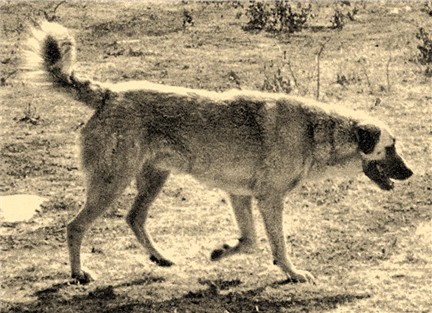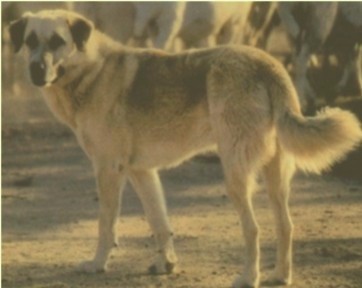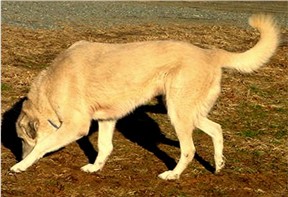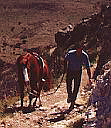Erick Conard's Lucky Hit Ranch: Anatolian Page

Birinci's Flintis (or Flenters)
An Amazing Anatolian Shepherd
Sire:
Ulash of Tokat
- IMPORT / TURKEY
Dam:
Pinarbasi's Tamum (Charlie)
Breeder: Louise Emanuel
|
Flintis is the uncle of one of LUCKY HIT'S top show and working Anatolians, CHAMPION BIRINCI'S YAHSI (HANDSOME) OF LUCKY HIT RANCH |


Flintis in Africa Guarding his Sheep and Goats
Donated to the Cheetah Conservation Fund in Namibia by
Louise Emanuel of Birinci Anatolians
Flintis is World Famous as an Extraordinary Working Dog
Erick Conard's Address and Phone Number Information
in a New Window
Erick's Address and
 Phone Numbers Link
Phone Numbers Link

 Click Picture to Return to Overview of Our Dogs - Past and Present - Page
Click Picture to Return to Overview of Our Dogs - Past and Present - Page
 Click Picture to Return to Anatolian Main page
Click Picture to Return to Anatolian Main page Click Picture to Return to Lucky Hit Main Home Page
Click Picture to Return to Lucky Hit Main Home Page